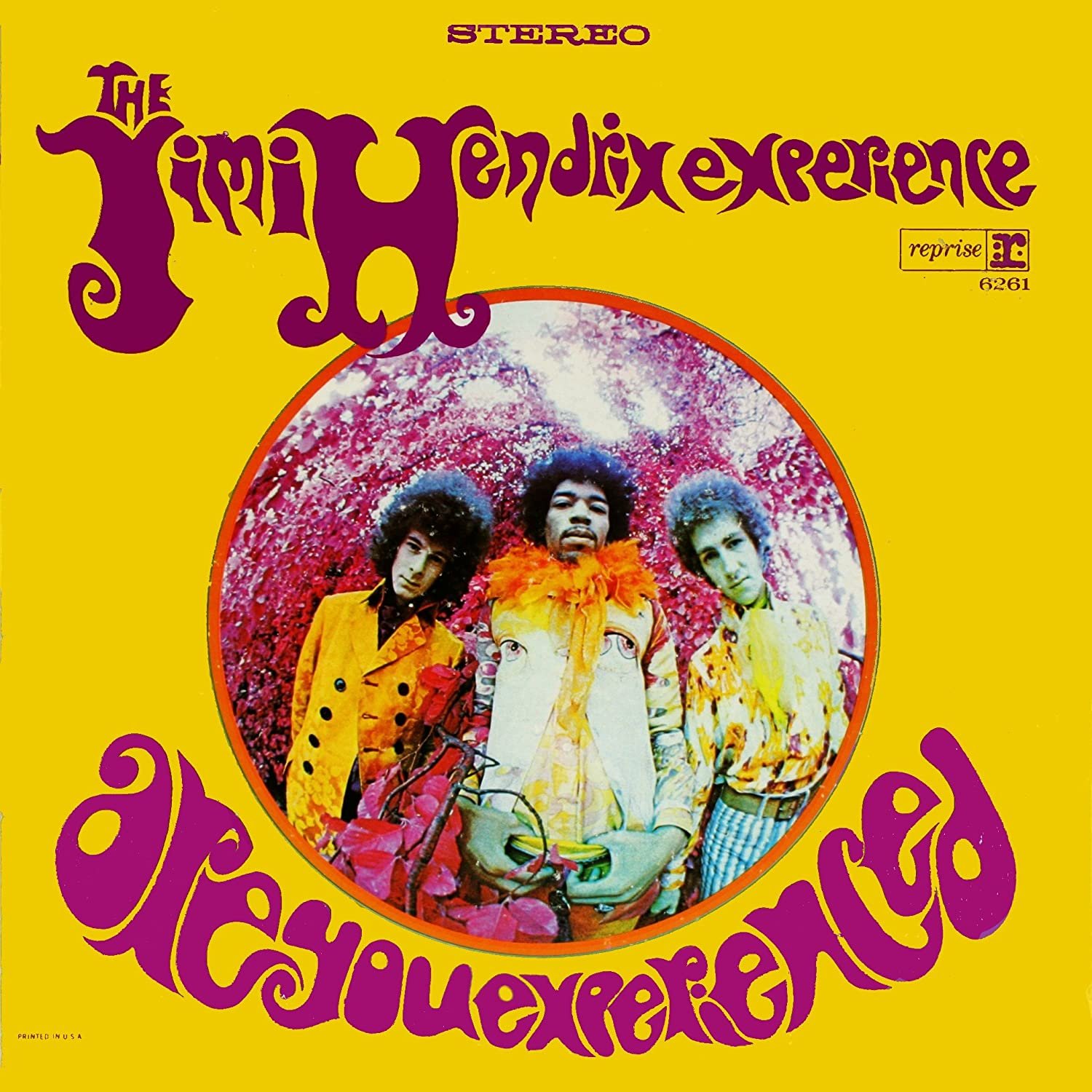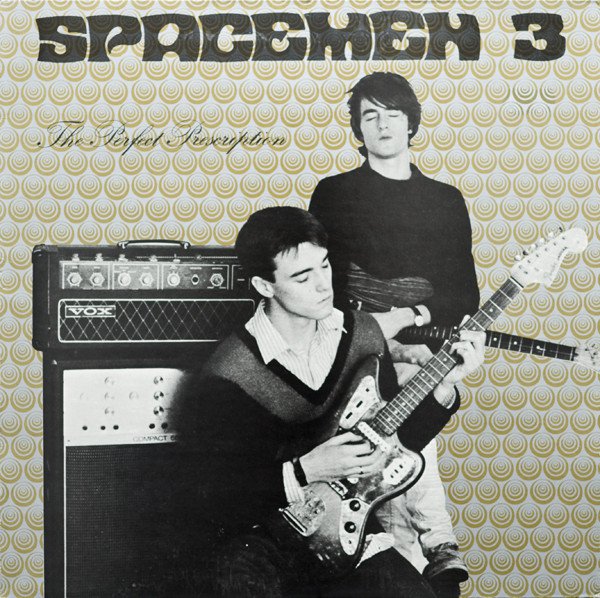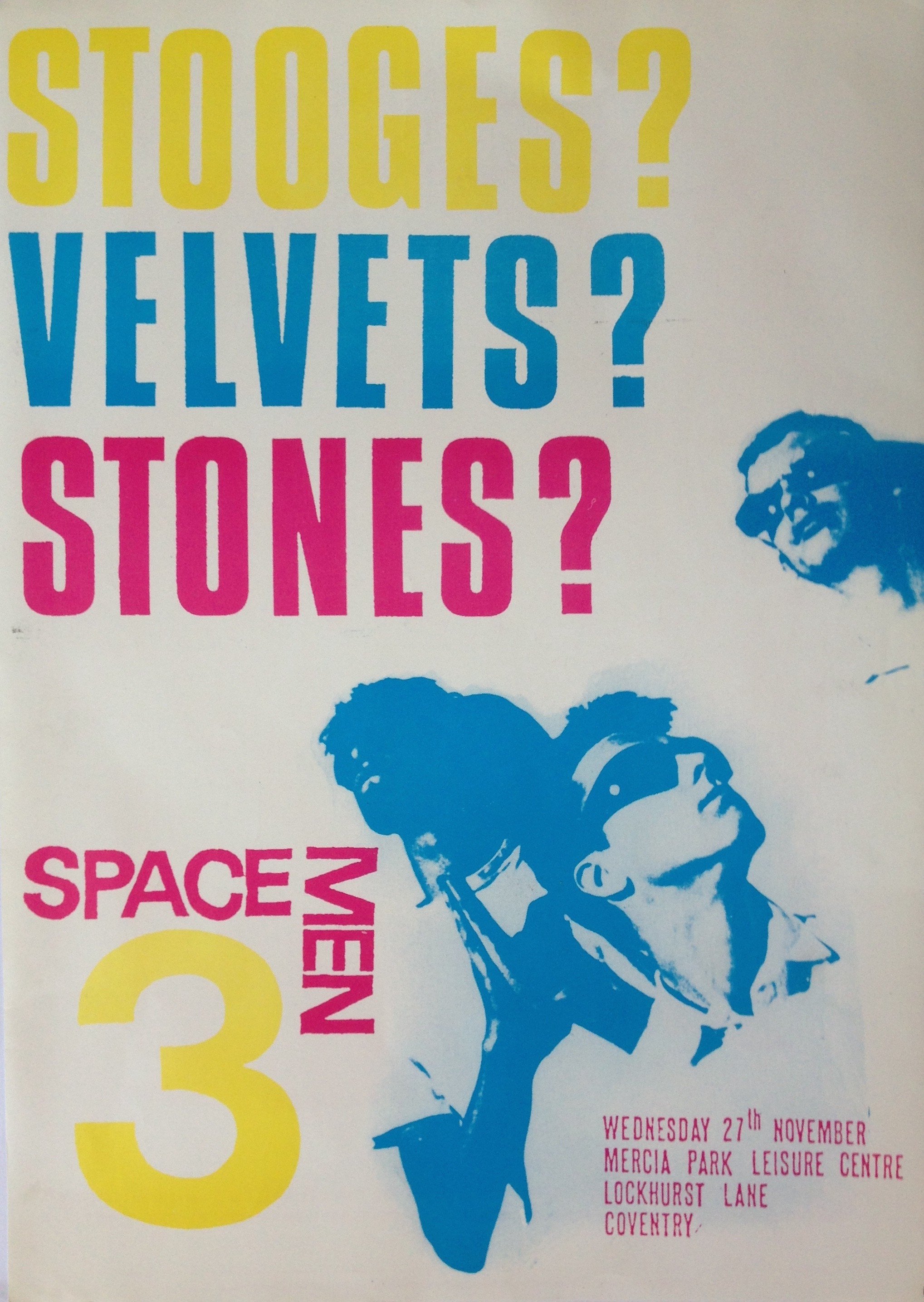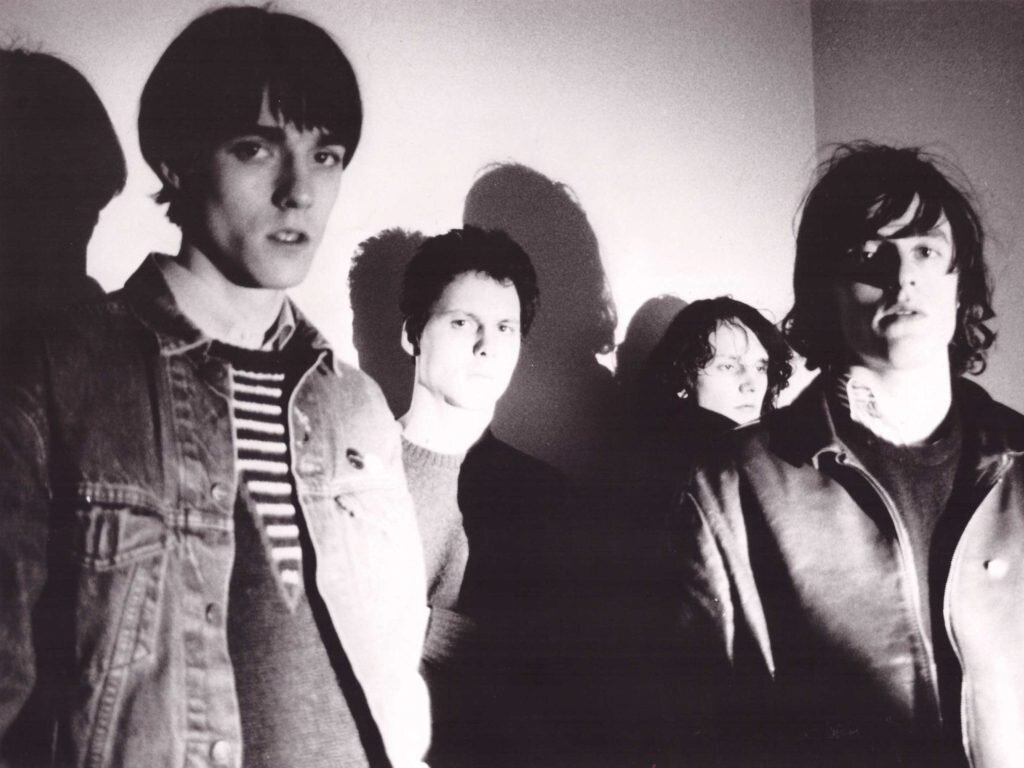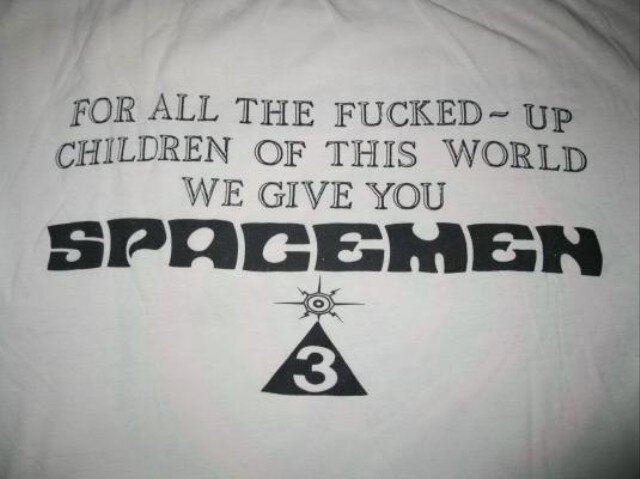Are Your Dreams At Night 3 Sizes Too Big? - Spacemen 3’s The Perfect Prescription
When we think about psychedelic music we are immediately transported to the late 1960s. This is the time where change is blowing in the wind, where armies of long-haired dudes in colorful clothes are singing about universal love and world peace. In these years the writings of Aldous Huxley, Timothy Leary and Carl Jung are being read, sitars and tapes played backwards make their way into a considerable number of records and bands start inviting listeners to turn on, tune in, drop out.
Lots of music in these times is connected to the psychedelic experience, the use of psychedelics as means of self-discovery and connection with the collective unconscious. Taking LSD as a spiritual experience proper, as a path to enlightenment, opening the third eye, expanding your consciousness. This also came with hope that all this collective awakening would lead to a change in society, to a peaceful and enlightened world.
Cover of Are you experienced? by The Jimi Hendrix Experience, 1967.
Cover of The Psychedelic Sounds of The 13th Floor Elevators by The 13th Floor Elevators, 1966.
Spacemen 3 is a British band formed in 1982 by Pete “Sonic Boom” Kember and Jason Pierce (the only two recurring members of the band), and their music is also characterized as psychedelic. Their records refer strongly to the use of drugs and to a sort of psychedelic experience, but filtered through dark, late-existentialist lenses. The band was always very outspoken about their recreational use of drugs, “taking drugs to make music to take drugs to”, sometimes nodding at classic psychedelic culture while completely subverting it, adopting certain aesthetics (musically and also visually with cover arts and live show lighting) while the subject matter is radically different. They are not looking for enlightened connection with everything but for a blissful state close to non-existence, there is no collective redemption only individual escape, heroin takes the place of acid.
Their seminal 1986 record, The Perfect Prescription is a 9-track record that renders, lyrically and sonically, the complete experience of a drug trip, from start to finish. The band takes heavily The Velvet Underground and The Stooges, as many others 80s bands did, but the encyclopedic knowledge of rock history of the duo allows them also to revisit more obscure corners of the past; the album is a voyage through the (in Pierce’s own words) “radioactive dumpsters” and “wells of desolate hallucinations” of rock history, where Spacemen 3 found inspiration for their unique sound that is now known as space rock.
Cover of The Perfect Prescription by Spacemen 3, 1986.
The album opens with Take Me To The Other Side, the start of the trip, a rumbling noisy trance charged with energy, a druggy declaration of intents . This track is sonically a perfect example of the minimalist-maximalist technique first pioneered by Suicide’s Alan Vega, where minimal instrumentation is overtopped maximally with layers of effects. Pierce’s voice sounds like he’s singing from the inside of a noise hurricane, with the massive overlay everything sounds surging, rumbling and scummy.
The second track, Walking With Jesus, is quieter and covered in a druggy mist, with just an organ and an acoustic guitar in the background. The track tells of a conversation between Jesus and Pierce, where Jesus warns the singer about his sinful drug taking habits and the singer’s final response is “Ah, I could have done me worse.” as he descends deeper and deeper in the trip.
I walked with Jesus and he would say
"Oh you poor child, you ain't coming to me, no way
You found heaven on Earth, gonna burn for your sin"
But I think I'll be in good company down there with all my friends
Walking with Jesus, Spacemen 3
Outtakes from The Perfect Prescription cover photo session.
Ode to Street Hassle is a multifaceted tribute to Lou Reed; the track is constructed with a repeated guitar loop taken from Lou Reed’s Street Hassle and Pierce sings in the signature spoken style of the New York singer, a slowed down blues that draws the listener in even more, nearing the trip’s peak.
The song continues the hallucinated conversation between Jesus and Pierce, tapping further into the christian aesthetic elements of the record. As the singer himself stated, the use of Christian symbols and figures of speech is just to add extra metaphysical pathos to better convey the quasi-religious dimension of addiction, it’s his own spin on traditional gospel music. The spiritual dimension of the drug trip presented here is much different form the 60s hippie way, it doesn’t aim at joining with the One-All of the universe, but at achieving an individual state of perverse blessedness. This incidentally tells us a great truth about spiritual experience itself: even something “low” and “dirty” like heroin addiction can become a spiritual experience proper, there’s no need for the experience itself to be something pure and beautiful. Pierce’s solo project after Spacemen 3, Spiritualized, explores deeply this aspect, with songs that could be referring at the same time to both God, the love of your life and heroin.
Flyer for Spacemen 3’s 1987 concert in Coventry, citing The Velvet Underground, The Rolling Stones and The Stooges, that were greatly influential to the group.
The next double track, Ecstasy Symphony / Transparent Radiation (Flashback), recounts the highest moments of the journey, this sinful and blessed state at its peak. Ecstasy Symphony envelops the listeners in a soft and confusing haze of psychedelic effects, a disarming warmth, ending with violin that will serve as the base for the second half of the track. Transparent Radiation (Flashback) is a cover of the homonymous song by The Red Krayola, an avant-garde psychedelic rock group founded in 1967 by painter Mayo Thompson and polyinstrumentalist Rick Barthelme, among the first groups to incorporate noise and lo-fi elements in their blend of rock, folk and country. This track is the perfect continuation of the voyage: Pierce’s distant and warm voice voice serves an anchor for the listener as the interplay of violin and virtuoso guitar takes the listener higher and higher .
Feel so Good continues this state elevation, an otherworldly soundscape of unconsciousness and daze. Everything is immobilized and numb in this enchanted dimension as Pierce keeps singing about how good and fine he feels, lingering on his high as long as possible. At the very end of the song, with the lyrics “Lord I ain’t goin’ down today / Lord I ain’t goin’ down”, the comedown inevitably starts.
Things’ll never be the same ,with its roaring shoegaze maelstrom of distorted guitars and feedback takes us abruptly back to the ground: the effect is getting dimmer and dimmer as reality crashes harsh onto us. The lyrics on this track are by far the darkest on the record, the ones that in the rawest way describes the escapist lifestyle of the band and its irreversibility.
So babe let me know how do you feel
And babe let me know when your life gets too real
We'll put some love deep in our veins
Somewhere in our hearts, things won't be the same
Things’ll never be the same - Spacemen 3
Come Down Easy , a minimal psychedelic ballad loosely modeled on Bob Dylan’s version of “In My Time of Dying”, could really come from a 60s record, a classic sunshine stoner jam. That is, until you pay attention to the lyrics:
Nineteen eighty-seven
All I want to do is get stoned
All I want for you to do
Is take my body home
Come Down Easy - Spacemen 3
Once again Spacemen 3 are as far as possible from any plan of enlightenment or spiritual awakening through drugs, they just want to get stoned and escape the harshness of reality, fly has high as possible, no matter how hard the fall. The closer Call the Doctor, is the last inevitable stop in the journey, the overdose. Pierce’s voice sounds tired and almost out of breath, the last words, realistic and resigned, roll slowly out of his mouth on a minimal guitar background.
Call the doctor pretty baby
You know I'm near to my last breath
You'd better hurry now honey
Or you're gonna be my death
Call The Doctor - Spacemen 3
Graphic from Spacemen’s 3 tour merchandise.
You can listen to the album by clicking here The Perfect Prescription

